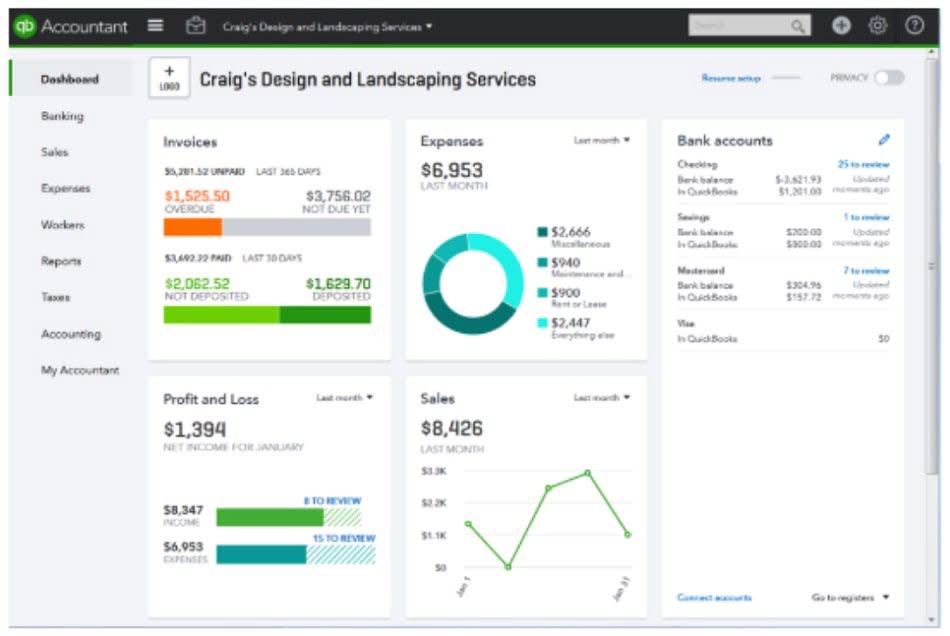
For example, a $100,000 net income results in a $100,000 credit to retained earnings. Retained earnings are a company’s cumulative earnings since its inception after the subtraction of the cumulative amount that has been paid out as dividends to shareholders. Hence retained earnings are the company’s past earnings that have been kept by the company instead of being distributed to shareholders as dividends. Samsung Inc. earned a net profit of 500,000 during the accounting period Jan-Dec 20×1. The company decided to retain the profits for that year and invest the retained earnings in expanding the business.
Can a company have negative retained earnings?

The retained earnings are calculated by adding net income to (or subtracting net losses from) the previous term’s retained earnings and then subtracting any net dividend(s) paid to the shareholders. Retained earnings are the earnings left over and kept by a company after paying all current obligations and expenses, including dividend payments to shareholders. — Now let’s assume that Bob’s Furniture didn’t purchase the truck at all. It couldn’t afford to buy a Bakery Accounting new one, so Bob just contributed his personal truck to the company. In this case, Bob’s vehicle account would still increase, but his cash and liabilities would stay the same.

Unit 4: Completion of the Accounting Cycle

The decision to pay dividends or retain earnings for future capital expenditures depends on many factors. Retained earnings are profits a company keeps instead of paying to shareholders as dividends, crucial for growth. Although each account has a normal balance in practice it is possible for any account to have either a debit or a credit balance depending on the bookkeeping entries made.
The Accounting Equation and Equity
Conversely, liabilities, equity, and revenue accounts increase with credits and decrease with debits. Additionally, companies typically prepare a Statement of Retained Earnings, or it may be integrated into a broader Statement of Changes in Equity. This statement provides a detailed reconciliation of the retained is retained earnings debit or credit earnings balance from the beginning to the end of an accounting period. It specifically shows the impact of net income or loss for the period, along with any dividends declared, thereby explaining the changes in the accumulated earnings.
Closing entry for revenues
- It can reinvest this money into the business for expansion, operating expenses, research and development, acquisitions, launching new products, and more.
- In addition to internal factors, external events such as economic shifts, regulatory changes, or market trends can also influence retained earnings.
- After several years of operation, company has accumulated retained earnings of $ 500,000.
- Here, we shall discuss retained earnings, debit, and credit so that we can understand how the retained earnings are recorded and if they are debit or credit.
The second is to update the balance in Retained Earnings to agree to the Statement of Retained Earnings. In order to produce more timely information some businesses issue financial statements for periods shorter than a full fiscal or calendar year. Such periods are referred to as interim periods and the accounts produced as interim financial statements.
- When the company is able to generate considerable revenue, it will be able to comfortably settle its expenses and other obligations while still having a considerable amount left over as retained earnings.
- The total debit to income summary should match total expenses from the income statement.
- The retained earnings account is never closed and will always maintain a balance even if it has a deficit.
- Net income is the company’s profit for an accounting period, calculated by subtracting operating expenses from sales revenue.
What Does It Mean for a Company to Have High Retained Earnings?
In addition to internal factors, external events such as economic shifts, regulatory changes, or market trends can also influence retained earnings. Companies must adapt their strategies in response to these external pressures to maintain a healthy level of retained earnings. For example, a change in consumer behavior might necessitate increased marketing spend, affecting both net income and retained earnings. Manage all your business’s financial transactions with advanced features and an easy-to-use interface in Wafeq’s software accounting that helps you complete your tasks successfully. We’ll explore in this article how retained earnings work, why companies rely on them, and how they can impact the business trajectory. First, revenue refers to the total amount of money generated by a company.

Accounts Receivable Ratios
Since the retained earnings account is an equity account, it has a credit balance. Thus, credits increase the account and debits decrease the account balance. When I was first learning accounting, it took me a little while to understand exactly what the RE account was.

Retained earnings are related to net (as opposed to gross) income because they reflect the net income the company has saved over time. If a company’s retained earnings are less than zero, https://image.kingteeshop.net/2022/01/11/how-agricultural-accounting-is-different-why-you/ it is referred to as an accumulated deficit. This may be the case if the company has sustained long-term losses or if its dividends exceed its profits. Regardless of what elements are present in the business transaction, a journal entry will always have AT least one debit and one credit.
